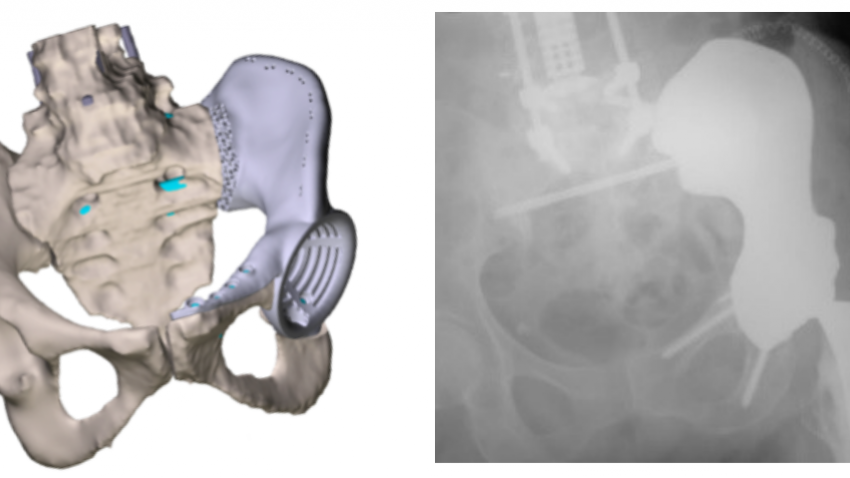You are here
Developing Materials for Medical Implants to Repair Human Bone and for Other Applications
Duke University's Ken Gall translates basic materials research into medical implants to support the human skeleton and brings them to patients

Ken Gall is a serial entrepreneur who has started six companies based upon his innovations in developing load-bearing materials and 3D structures for medical implants to support the human skeletal system. Major publicly traded biotechnology companies have acquired three of these companies—most recently DJO, a subsidiary of Colfax Corporation (NYSE: CFX), which acquired MedShape, Inc.—to make these advances even more widely available to patients.
Gall’s research has produced metal alloy implants that have prevented leg amputation, reconstructed a pelvis ravaged by cancer and restored knees and ankles that have suffered severe traumatic injury.
 He is an expert in 3D printing of metals and polymers. 3D-printed metals allow the creation of high-strength, porous structures that have the strength to carry loads as well as the responsiveness of live bone tissue, enabling effective orthopedic repairs and reconstructions.
He is an expert in 3D printing of metals and polymers. 3D-printed metals allow the creation of high-strength, porous structures that have the strength to carry loads as well as the responsiveness of live bone tissue, enabling effective orthopedic repairs and reconstructions.
Gall translates his basic materials research into implants using 3D-printing, laser powder bed fusion and other additive manufacturing methods to customize implants to specific patient needs. With Duke colleague Ben Wiley, he has also developed a hydrogel material (water-absorbing polymer) that can withstand the enormous forces equivalent to those encountered by the human knee, providing a potential alternative to knee replacement surgery.
Not only are the implants Gall is developing strong enough to support loads, but they also promote healing. Gall has developed complex porous metal and polymer structures that encourage bone and tissue ingrowth. He also has developed 3D-printed orthopedic device implants for controlled release of antibiotics to treat infection around artificial joints.
Read more about his collaborative research that improves lives here >>
